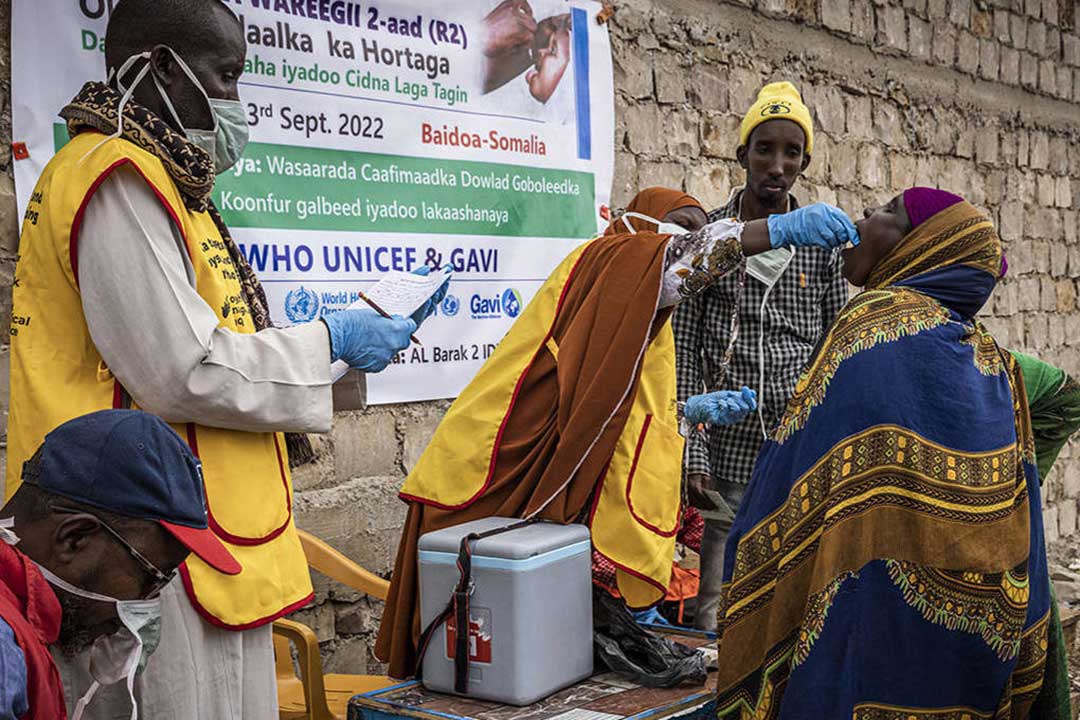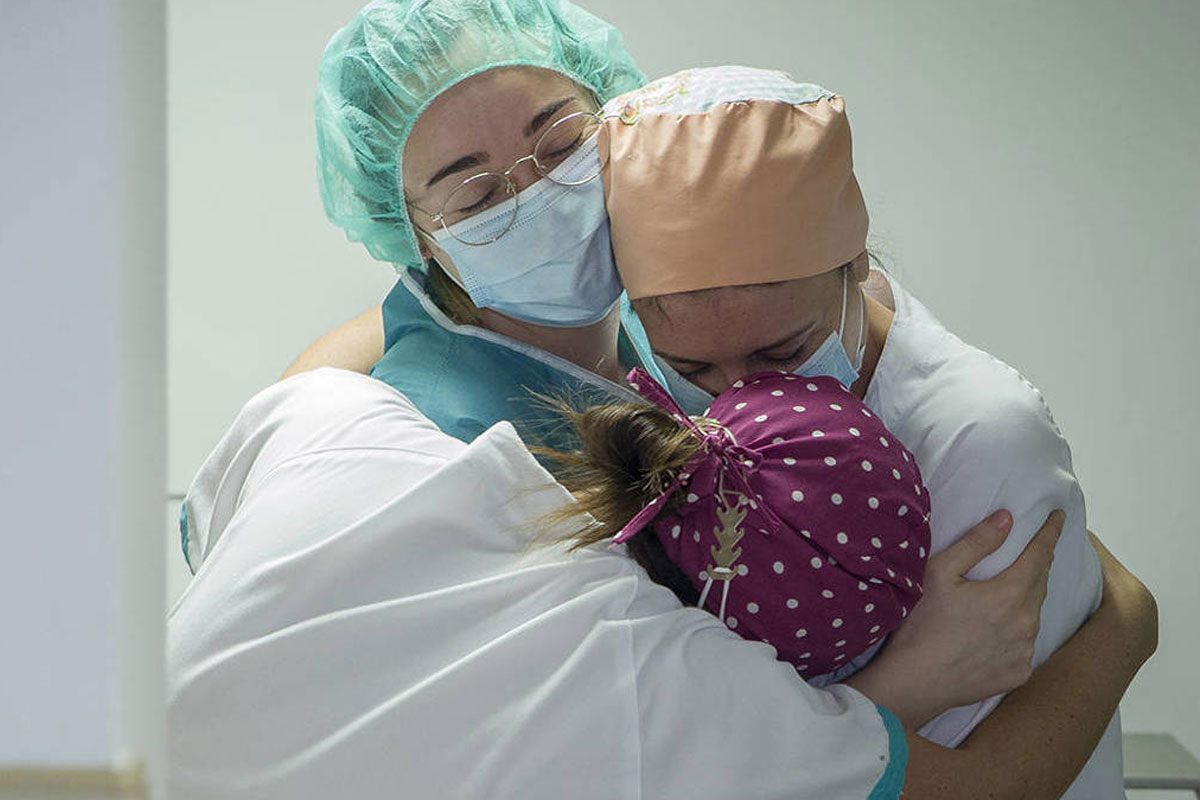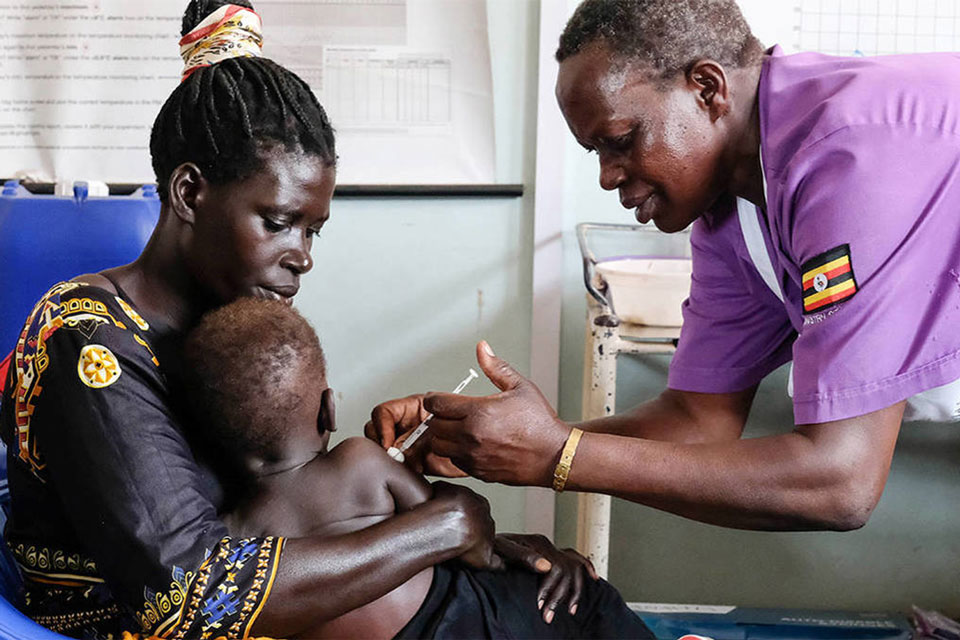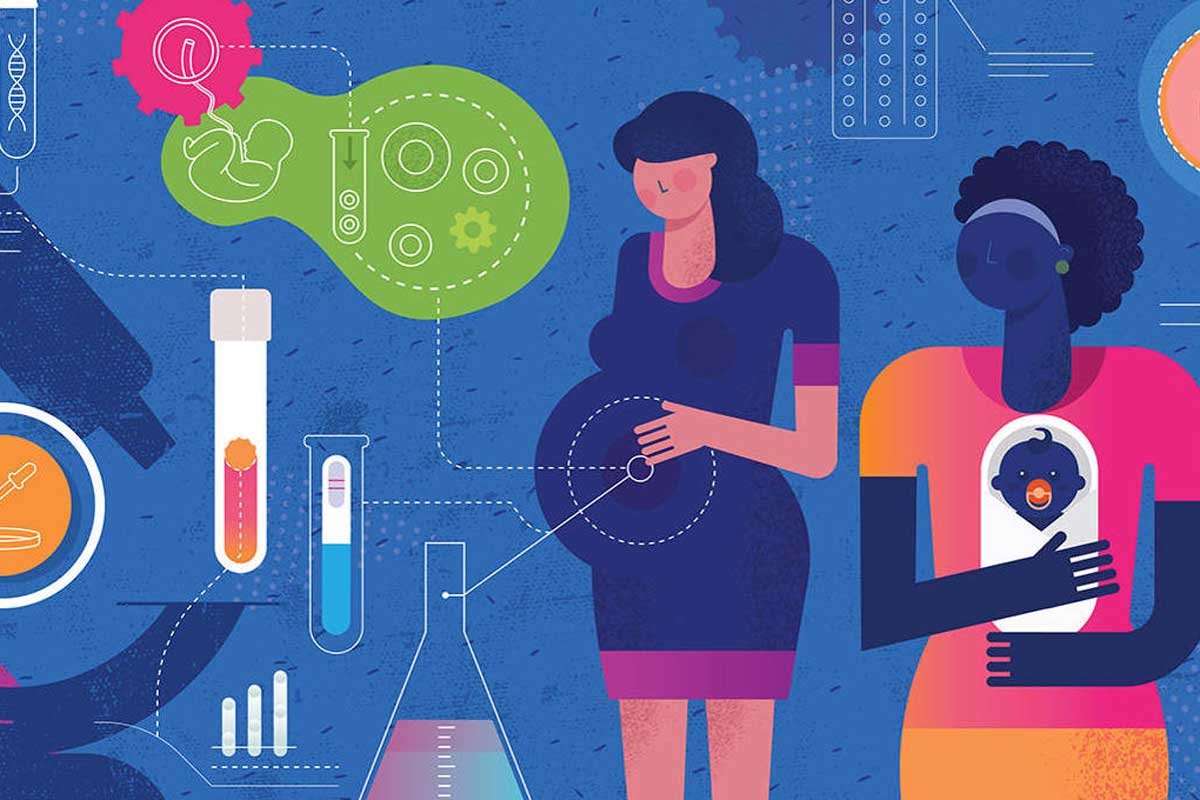Lessons from Lower-Income Countries’ COVID-19 Vaccination Efforts
As the world prepares for the next pandemic, it will be crucial to learn from the innovative and tailored strategies that lower-income countries used to immunize hard-to-reach communities against COVID-19. These efforts offer insights into how to overcome significant resource constraints and maximize vaccine uptake.
- 23 January 2024
- 5 min read
- by Project Syndicate

There was a global sigh of relief when the World Health Organization declared in May 2023 that COVID-19 was no longer a public-health emergency of international concern. But there is no room for complacency. The pandemic has represented an urgent warning about weak health systems and has served as an impetus to strengthen them ahead of a possible new variant or the emergence of a new pathogen.
The challenges of vaccine delivery, in particular, offered insights into what makes a successful health campaign. Specifically, lower-income countries demonstrated how to reach people where they are by using innovative and tailored approaches that often required collaboration among national governments, local organizations, and vulnerable communities. Their experience provides crucial lessons as the world prepares for the next pandemic.
Like their wealthier counterparts, lower-income countries had to vaccinate their adult populations against COVID-19 as quickly as possible. That meant reaching broader population groups than their existing childhood-vaccination programs could serve, while also targeting those in the greatest need: health-care workers, immunocompromised people, and the elderly.
But lower-income countries faced unique challenges. Owing to vaccine nationalism and other obstacles, many of them only accessed consequential amounts of doses much later than high-income countries, delaying their immunization campaigns. A dearth of financial resources, together with the weaknesses of national health systems, also hindered vaccine uptake. For example, countries with limited cold-chain capacity often lacked the ultra-cold storage facilities required for certain COVID-19 vaccines. And many countries' reporting systems could not provide decision-makers with up-to-date, in-depth data to adjust rollout strategies based on what was working and what wasn't.
Despite these challenges, lower-income countries found ways to meet the needs of their communities. These initiatives included door-to-door outreach to vaccinate older people at home; female vaccination teams to encourage uptake by women; coordination between professional organizations and the private sector to reach people at the highest risk of getting very sick from COVID-19; mobile vaccination teams – on buses, motorbikes, camels, donkeys, and boats – to access remote or underserved areas; and vaccination sites in markets, along nomadic routes, and at major transit points, including bus stations.
Somalia is a good example of how to reach people where they are. The vaccine rollout occurred in the context of multiple overlapping challenges: years-long political instability and conflict; severe hunger caused by the worst drought in decades; and the displacement of several hundred thousand people by historic floods. But the country's polio vaccination program had pioneered the use of locally informed "micro-planning" to find unvaccinated people, and these tailored strategies ensured that Somalia's nine mass COVID-19 vaccination campaigns reached underserved populations, such as women and nomadic communities. In September-October 2022, for example, a phased campaign led by the Somali government reached 3.2 million people, achieving a 37% primary series vaccination rate. Equally important was Somalia's investment in cold-chain infrastructure and vaccine-delivery logistics, made possible with financial support from partner organizations.
Have you read?
The Solomon Islands, the South Pacific's third-largest archipelago, also struggled to vaccinate people living in remote areas, given that most of the country's resources are concentrated on Guadalcanal, the largest island. Government health workers responded by creating pop-up and informal clinics on outer islands, making it easier for isolated communities to receive the COVID-19 vaccine and additional health services.
Meanwhile, in Sierra Leone, a country covered by grassland, savannah, and dense forest, many villages can be reached only by bike or on foot – a journey made even harder during the rainy season. But the country's health workforce, together with community mobilizers, conducted mobile vaccination clinics in rural villages. Moreover, to address fears about the vaccine, local leaders took the jab and then promoted their vaccinated status within the community, creating a snowball effect.
In Mali, access to information similarly posed a major challenge, as many people were not aware of the availability or effectiveness of the COVID-19 vaccine. To engage communities and raise awareness, trucks carrying entertainers and influencers alongside vaccinators traveled through busy markets to answer questions and encourage passers-by to get the shot; loud music and dancing created a buoyant atmosphere. Over the course of 12 days, the caravan reached more than 21,000 people and vaccinated more than 3,000 men, women, and adolescents.
These innovative strategies can serve as models for the global community. But they also highlight the importance of developing tailored immunization programs, which in turn require trust, clear communication, equitable access to vaccines, data-driven decision-making, and collaboration among governments, health organizations, grassroots groups, and volunteers.
In the wake of the COVID-19 pandemic, we know that miraculous vaccines can be developed quickly and delivered to hard-to-reach communities. The key is to focus on meeting people where they are.
The-Delivery.org is a digital time capsule developed by CEPI, Gavi, UNICEF, and the WHO to ensure that official findings and stories of the COVID-19 vaccine rollout are safely stored and easily accessible for future generations.
Written by
BENJAMIN SCHREIBER. Senior Manager at the Centre for Health Emergency Strategy & Partnerships at UNICEF.
RICHARD MIHIGO. Director of COVID-19 Vaccine Delivery, Coordination, and Integration at Gavi, the Vaccine Alliance.
ANN LINDSTRAND. Head of the Essential Programme on Immunization Unit at the World Health Organization.
Website
This article was originally published by Project Syndicate on 22 January 2024.
More from Project Syndicate
Recommended for you









